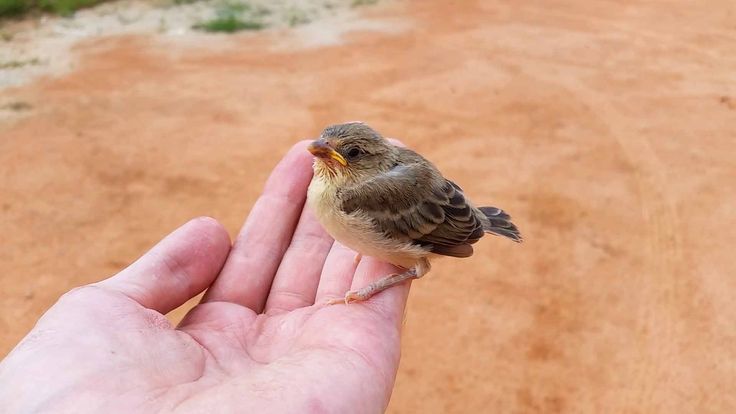Feeding baby yellow squash
Roasted Yellow Squash Baby Food Puree (4+ Months)
Home » Feeding Style » Baby Food Purees » Stage One » Roasted Yellow Squash with Olive Oil + Cilantro Baby Food Puree
by Michele Olivier on July 9, 2014 (updated Jun 29, 2019)
Jump to Recipe
5 stars (3 ratings)
This fun and tasty Roasted Yellow Squash + Olive Oil with Cilantro Baby Food Puree will be a hit with your little one! Creamy, rich and full of flavor, it’s hard not to love this amazing puree. Great baby food for 4 months and up – stage 1 baby food.
There is something so magically summer about yellow squash.
Maybe it’s their color.
Or maybe it is the way they can be plucked off the vine, still warm from the afternoon sun, mixed with a little olive oil then roasted and used as a side to almost anything you are making for dinner.
Or possibly, it’s the fact that when yellow squash are in season, they are in season! They are like the rabbits of the vegetable family. They just keep coming and coming.
In abundance.
With force.
In shear numbers that are on the edge of creating an army.
And just when you think you have had your fill, suddenly a whole new crop pops up and you have a million more to consume before they go bad.
This is where I step in, since I didn’t plant any this year, I am waiting for that time when all my friends and family, who had the time to plant them and lovenly grow them for me, are at their wits end trying to get rid of them. Then I politely take a couple bags off their hands and get to work. Pureeing, roasting, grilling. You can’t go wrong.
These simple, delicate and versatile little gems are easy to cook and filled with an abundance of Vitamin A, Potassium, Folate, Magnesium and Calcium. They are a perfect first food for your little one because of their smooth flavor and silky texture.
So if you are in the same boat as I am and didn’t think ahead to plant some, go ahead and make some new friends that have.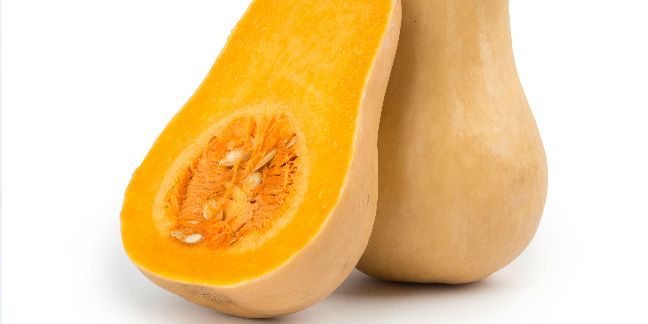 They are going to need someone just like to you unload their armies of squash on in the next couple of weeks.
They are going to need someone just like to you unload their armies of squash on in the next couple of weeks.
- Mix with Mango puree and tuna or salon puree for a caribbean inspired dish
- Puree with white beans, olive oil, paprika and tahini for a scrumptious toddler dip
- Whisk puree in with eggs, cheddar cheese, green onions, chopped spinach and leeks for an easy and healthy omelet
- Combine squash puree in with healthy whole wheat or gluten free pasta noodles, sprinkle with grated parmesan cheese and a dash of black pepper
- 7 Organic Starter Baby Purees for Under $20
- 15 Stage One Baby Purees (that actually taste delicious)
- 10 Super Starter Purees for Baby (Tips, Recipes and Starters Guide on How to Feed Baby)
- 5 Minute Mango Baby Food Puree
- Sweet Potato Baby Puree – 3 Delicious Ways
- 2 medium yellow squash cut into 1/2″ half moons
- 2 tsp olive oil extra virgin
- 1/4 tsp fresh cilantro finely chopped
- 1/4 cup liquid water, breast milk or stock
Heat oven to 400 Degree.
 Line baking sheet with parchment paper.
Line baking sheet with parchment paper.Place the cut squash onto the baking sheet and bursh with olive oil. Bake for 10 minutes, flip the squash and bake for another 10 minutes. Let cool slightly.
Place the squash and cilantro a blender or food processor and puree on high for 1-2 minutes, adding the liquid in if needed.
Age: 4 months and up
Yield: roughly 15 ounces
Additional Spices: Feel free to use the following spices instead of the curry – 1/2 tsp of cumin, 1/4 tsp of nutmeg, 1/2 tsp of cloves, 1 fresh garlic clove, 1/2 tsp of chopped fresh thyme, 3-4 basil leaves, 1/2 tsp chopped rosemary or even a big pinch of fresh ginger or 1/2 tsp ginger powder.
Storage: Fridge – store in an airtight container in the fridge for 3-4 days. Freezer – can be frozen for up to 4 months (this and this are my favorite freezer storage containers).
Favorite Kitchen Tools: Get a list of my favorite kitchen tools to make the best baby food here!
Did you make this recipe?
Tag @babyfoode on Instagram and hashtag it #babyfoode!
Pin Recipe Email a Friend
NEW TO MAKING PUREES? THEN CHECK OF MY GUIDE ON WHICH KITCHEN TOOLS YOU ACTUALLY ARE GOING TO NEED TO MAKE THE CREAMIEST AND SMOOTHEST BABY PUREES. HINT, IT’S NOT MANY!
Zucchini and Summer Squash for Baby Food
Image: Shutterstock
The Goodness of Summer Squash for your Baby
Summer squash can be wonderful for baby and easy to turn into baby food recipes. While it contains less nutrients than do the Winter squash, it’s still a great vegetable for baby food.
Why are there less nutrients in summer squash varieties? There are less nutrients due to the fact that Summer squash are immature when they are harvested and eaten. Below you will find a nutritional summary accounting for all summer squash varieties below:
Below you will find a nutritional summary accounting for all summer squash varieties below:
| VITAMINS: Vitamin C – 5.5 mg Pantothenic Acid – .3 mg Niacin – .05 mg Riboflavin – .04 mg Thiamine – .04 mg Folate – 20 mcg Contains some other vitamins in small amounts. | MINERALS: Phosphorus – 48 mg Magnesium – 26 mg Calcium – 16 mg Sodium – 287 mg Iron – .42 mg Also contains small amounts of selenium, copper, manganese and other. |
When can I introduce Zucchini & Yellow Squash to my baby?
Many parents want to know when baby can eat zucchini and other yummy summer squashes. Summer squash is best given to baby around 8 months old as the skins may be difficult for a younger tummy to digest.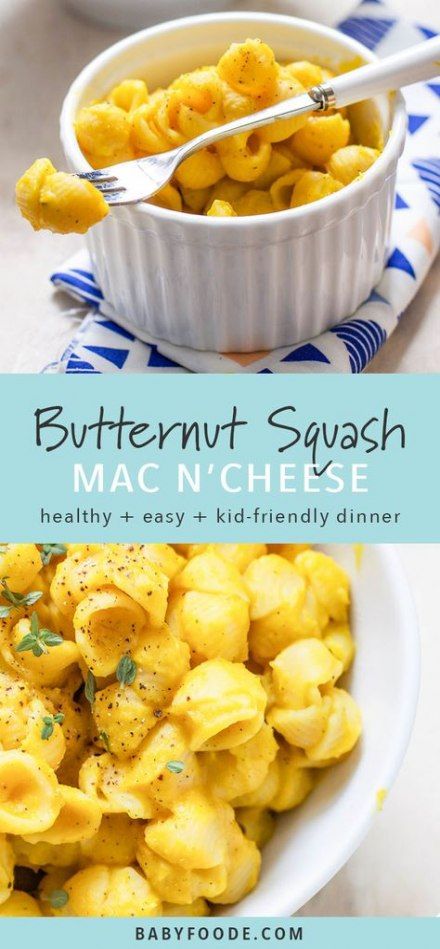 There are many babies who may do just fine with this variety of squash however if your little one is prone to digestive upsets, then it might not be wise to introduce before 8 months old.
There are many babies who may do just fine with this variety of squash however if your little one is prone to digestive upsets, then it might not be wise to introduce before 8 months old.
How to select and store Zucchini & Yellow Squash for baby food
Summer Squash are not known to be contaminated with high levels of pesticides so purchasing organic is your choice. Please do be sure to thoroughly wash these summer squashes if you will preparing them with the skin on.
The skin of summer squash is thin and delicate. This causes summer squash to be less hearty for storing. Handling summer squash with care is necessary so as not to bruise the squash. summer squash may be stored in the refrigerator, unwashed as water droplets may cause tiny spots of decomposition. Store your summer squash in the crisper box of the refrigerator.
Some varieties of summer squash are as follows however the Zucchini and Yellow are the best choices for baby’s first summer squash experience.
Zucchini: Some may know zucchini to be called Italian squash and in Europe, it may be know as a Courgette. Zucchini resembles a cucumber and is green as a cucumber is. It should be between six and eight inches for best taste. The meat of zucchini is whitish-yellow or may appear a pale green.
Yellow or Crooked Neck: This squash is yellow and may be a bit bumpy looking. It is shaped much like a bottle with a long, curved neck. The meat of the Yellow squash is much like that of the zucchini but contains more seeds.
The best way to cook Zucchini & Yellow Squash Squash
You may steam or boil summer squash. Sauteing zucchini and yellow squash together in a wee bit of olive oil with spices is also quite yummy for baby.The best way to cook Zucchini & Yellow Squash Squash
The color of the Summer Squash will change when it is done cooking; it will appear more translucent and less colorful.
A Few Zucchini & Yellow Squash Squash Baby Food Recipes
Squash (summer) Puree – Basic
Step 1: Choose yellow squash or zucchini that are somewhat small in diameter, as these are the most tender.
Step 2: Wash squash thoroughly and cut into small slices or chunks. Do not remove skins. (*You may remove skins however an infant of 7-8 months old should be able to digest squash puree with skins on)
Step 3: Steam until tender then Place into your choice of appliance for pureeing and begin pureeing.
Step 4: Add water as necessary to achieve a smooth, thin consistency
**Summer squash becomes very watery when cooked; you will probably not need to add any water for your older baby.**
TIP: Baby food cubes (pictured) are a great way to store baby food when making in batches. Check out our page on making baby food cubes to learn more.
Yellow & Green Squash Medley
Step 1: Boil or steam or zucchini and yellow squash until tender
Step 2: Puree or mash as needed, adding water to thin if required.
**Summer squash becomes very watery when cooked; you will probably not need to add any water for your older baby.**
Summer Squash & Pasta Medley
(8 months + due to cheese & peppers which are optional)
Step 1: Boil or steam or zucchini and yellow squash until tender
Step 2: Prepare pasta such as Pastina or Ditalini according to package directions
Step 3: Add squash to the cooked pasta and drizzle with a bit of olive oil, sprinkle with grated cheese and/or basil and garlic powder
**Toss in some finely diced roasted red peppers for extra color and flavor temptation.**
Zucchini & Carrot Fritters
Best for those 8 months of age and over. Exchange the cayenne with a bit of garlic powder if desired. Make a cucumber yogurt dip.
Ingredients:
- 1 medium carrot (peeled)
- 1 medium zucchini
- 1 small onion
- 1/3 cup ricotta cheese – *Skip ricotta and sub in 1/3 cup of milk if you prefer
- 1 egg
- 1/2 cup flour (whole wheat or all purpose)
- 1/4 teaspoon cayenne pepper
- olive or canola oil spray
Directions:
Step 1: Wash vegetables.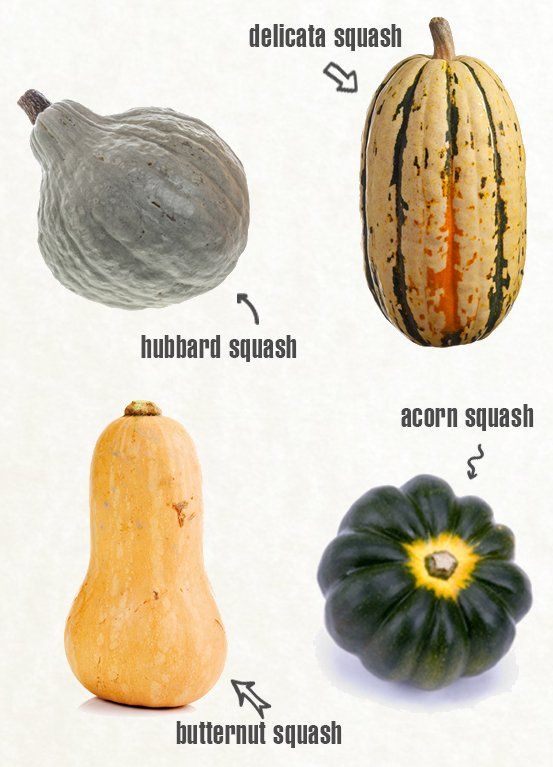
Step 2: Grate carrot and zucchini and chop the onion.
Step 3: Mix vegetables, ricotta cheese (or milk), egg, flour and pepper.
Step 4: Lightly spray non-stick fry pan with oil spray and warm pan on medium heat
Step 5: Place large spoonfuls in fry pan, flatten and cook for 7 minutes or until golden.
Step 6: Turn to other side and cook a further 7 minutes or until golden. Serve with cucumber yogurt dip
Step 7: Cut the fritters into pieces that your baby will be able to handle.
You could also bake these at 375 F, on a lightly olive oiled baking sheet for approx 20-25 minutes.
Turn half way through cooking and be sure to check on the progress often to avoid burning.
Foods Good to Mix With Summer Squash
- Carrots
- Eggplant
- Green Beans
- Peas
- Lentils
- Pasta
- Chicken
- Beef
- Pork
Remember, always consult with your pediatrician regarding introducing solid foods to your baby and specifically discuss any foods that may pose allergy risks for your baby.
Zucchini and Yellow Squash are tasty little veggies. They cook easily and make wonderful additions to your little one’s menu.
SHARE ON FACEBOOK SHARE ON PINTEREST
Pumpkin for children | Nutrilak
Tiunova Elena
Published: 01/16/2023
Reading time: 5 minutes
464
There is more carotene in pumpkin than in carrots, and almost as much iron as in apples. It contains a lot of vitamin C and other valuable substances. Pumpkin is sweet in taste, but not high in calories. Its dietary fiber helps cleanse the body and improves digestion. However, the pumpkin still rarely appears on the table of both adults and children - and completely in vain.
At what age can a child start eating pumpkin? It, like carrots, is brightly colored due to the high content of carotene and can cause allergies more often than neutral-colored vegetables, so it should not be the first complementary food.

This is important!
If the baby started eating vegetables from 4-5 months, pumpkin can be given to him after six months. If complementary foods have just begun at 6 months, then from 7-8 months.
How to give a pumpkin to a child
Pumpkin is introduced into complementary foods according to the general rules. First, it is given in the form of a puree. They start with a small amount - 0.5-1 teaspoon in the morning, so that it is possible to notice how the baby's body will react to the new product.
If regurgitation, redness and rashes on the skin, upset stool appear, then acquaintance with the vegetable should be postponed for 3-4 weeks and consult a doctor.
If everything is in order, then the volume of pumpkin puree is adjusted to 30-40 g twice a week for a baby aged 7-10 months. By the age of one, a child can be given 50 g of pumpkin three times a week - this is about a third of the total amount of vegetable complementary foods per day.
Too much pumpkin, like carrots, beets, and bright yellow or orange fruits in a child's diet, can cause yellowing of the skin, or carotene jaundice. This is not a dangerous condition, it does not cause changes in the liver, but requires monitoring.
What to cook pumpkin for a child
The easiest way to prepare pumpkin puree for a child. To do this, pumpkin pulp, peeled from seeds and peel, must be cut into cubes, pour water and boil until tender. Salt and sugar are not required. Drain the water, grind the boiled pumpkin until smooth with a blender or wipe through a sieve.
After you have made sure that the pumpkin does not cause undesirable reactions, other dishes can also be prepared from it, for example, the following:
Pumpkin soup
Add pumpkin, potatoes, carrots cut into pieces into boiling water. When the vegetables become soft, grind them with a blender until smooth, add a little sunflower or olive oil.
Pumpkin porridge
Milk porridge can be made from pumpkin for a child of 1 year and older. It is prepared like mashed potatoes, but you need to boil the pumpkin not in water, but in milk: add the pumpkin cut into pieces into the milk heated to a boil, cook until tender. Salt to taste, add a pinch of sugar and a little butter. Beat the finished pumpkin until smooth with a blender or mash with a fork.
It is prepared like mashed potatoes, but you need to boil the pumpkin not in water, but in milk: add the pumpkin cut into pieces into the milk heated to a boil, cook until tender. Salt to taste, add a pinch of sugar and a little butter. Beat the finished pumpkin until smooth with a blender or mash with a fork.
Porridge with pumpkin
Porridge with pumpkin - will be more satisfying than just pumpkin porridge and healthier than usual, and it will also introduce the child to new tastes.
To prepare porridge with pumpkin, you need to boil the pulp cut into pieces in milk until half cooked, then pour in the grits - about the same amount as pumpkin. Salt, sugar to taste. If the child already eats dried fruits, you can add prunes, dried apricots or raisins to the porridge.
If there is no time and inspiration, you can take ready-made porridge of industrial production, for example, milk wheat porridge with Winnie pumpkin. It has all the necessary ingredients for harmonious growth and development, and the composition is selected in accordance with the age needs of the baby. In addition, such porridge will not burn, will not remain undercooked, will not run away from the pan and will not stain the stove.
In addition, such porridge will not burn, will not remain undercooked, will not run away from the pan and will not stain the stove.
Conclusions:
- Pumpkin can be given to a child after vegetables with a neutral color, usually 5-7 months.
- Up to a year, a baby can receive 30-50 g of pumpkin 2-3 times a week.
- You can make mashed potatoes, soup or porridge from pumpkin, add pumpkin to millet, rice, semolina porridge with milk, or you can simply dilute ready-made porridge of industrial production with water.
Author of article
Tiunova Elena
Pediatrician of the highest category, nutritionist, candidate of medical sciences, associate professor of the department of faculty pediatrics and propaedeutics of childhood diseases, Ural State Medical University
About the author
Share on Vkontakte Share on Odnoklassniki
Contents of the article
- At what age can a child eat pumpkin
- How to give a pumpkin to a child
- What to cook for a child from pumpkin
Products from article
Procereals baby porridge dairy-free multi-cereal
For children from 6 months
Milk wheat porridge with Winnie's pumpkin
For children from 5 months
Nutrilak Premium 2 infant formula
6 to 12 months
May be interesting
- Carrots for children
- Potatoes for children
- Cucumber for children
- Tomatoes for children
Can children pumpkin, at what age, how much | Children and Parents
Giving a pumpkin to a child is useful from the first year of life. This vegetable provides the body with vegetable protein, carbohydrates, essential vitamins, stimulates the development of internal organs and overall growth. And the delicate taste rarely leaves kids indifferent. But you can include pumpkin in complementary foods only in the absence of food allergies and certain diseases.
This vegetable provides the body with vegetable protein, carbohydrates, essential vitamins, stimulates the development of internal organs and overall growth. And the delicate taste rarely leaves kids indifferent. But you can include pumpkin in complementary foods only in the absence of food allergies and certain diseases.
Benefits and harms of the product
Pumpkin pulp does not contain organic acids that irritate the mucous membranes of the gastrointestinal tract, it is easily digested. Ripe fruits are rich in carotene, vitamins E, K, C, group B, necessary for metabolism, synthesis of muscle and skeletal tissues. Pumpkin contains a lot of iron, magnesium, zinc, calcium, silicon and other minerals involved in the construction of new cells, the functioning of the nervous and vascular systems.
The pectins contained in the vegetable cleanse the blood, lymph, ducts and intestines from toxins. The dietary fiber of pumpkin is loose, does not cause a feeling of heaviness in the stomach, but perfectly stimulates peristalsis, and prevents constipation. In addition, pumpkin is useful for children to strengthen the immune system, the full formation of the visual apparatus, the normal functioning of the heart, kidneys, and brain.
In addition, pumpkin is useful for children to strengthen the immune system, the full formation of the visual apparatus, the normal functioning of the heart, kidneys, and brain.
How to properly introduce complementary foods
By this period, it is recommended to introduce the baby to several types of vegetables: zucchini, cabbage, potatoes. It is advisable to start feeding artificial people with pumpkin 1-2 months earlier. The product is given to babies in the form of a mashed homogeneous puree from a boiled vegetable.
- The first serving is no more than ⅓ tsp. It is given to the child to try after the morning feeding, without mixing with other food.
- The next portion is doubled, then 3-4 times, gradually increasing to 50 g.
- Pumpkin can be given to children under one year old 2-3 times a week. It is impossible to abuse, overeating can cause carotene jaundice - an excess of pigment will color the skin.
- Babies over 1 year old can have an additional serving per week, and the volume can be increased to 70 g.
 cereals, soups, casseroles.
cereals, soups, casseroles. - For children over 3 years old, increase servings to 200 g.
By this period, the culture ripens, and it can be stored, remaining fresh, until spring. The thick crust protects the product from spoilage. She does not need a refrigerator, a dark, dry space is enough. A vegetable cut into pieces can be kept in the freezer for several weeks.
Which pumpkin to choose for a child
It is undesirable to use huge fruits for baby food. They have a rough texture and are worse in taste. Pumpkins weighing up to 4 kg are more suitable, bright yellow or orange in color, without cracks and dark spots.
The flesh should be juicy when cut, with a slight fresh aroma. Children should not buy halves or slices, only whole fruits are suitable. A damaged vegetable quickly loses its beneficial properties, dries out, and harmful microbes can multiply on its surface.
Pumpkin dishes for children
Thanks to its juicy friable pulp with a slightly sweet taste, pumpkin is a versatile product.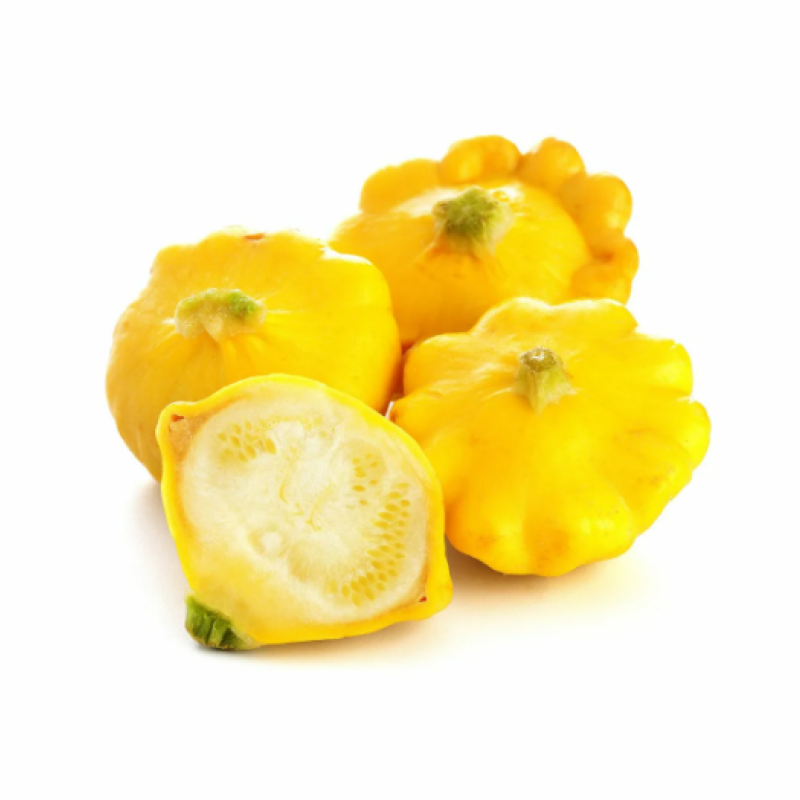 It can be boiled, eaten raw, baked, cooked pies, cereals, desserts, soups. Among the recipes that are undesirable for children are only fried foods. Hot fat destroys most of the minerals and vitamins in the product.
It can be boiled, eaten raw, baked, cooked pies, cereals, desserts, soups. Among the recipes that are undesirable for children are only fried foods. Hot fat destroys most of the minerals and vitamins in the product.
How long to cook pumpkin for a child? It does not require long heat treatment. Enough 20-30 minutes in boiling water or a slow cooker. It is preferable to cook steamed or in the oven - the vegetable retains more of its own juice and does not lose taste.
Baby pumpkin soup
To prepare:
- 150 g piece of pumpkin, peeled and seeds removed;
- small carrots;
- bulb;
- ½ cup cream or 2 tbsp. l. vegetable oil;
- potato.
Potatoes, onions and pumpkin are cut into small cubes, carrots are shredded. Pour vegetables with 500 ml of water, boil over low heat until they soften. Allow the soups to cool slightly, add butter or cream.
Baby pumpkin puree
Cut the pumpkin into 2-3 cm pieces, place in a saucepan, pour half the volume with water.











